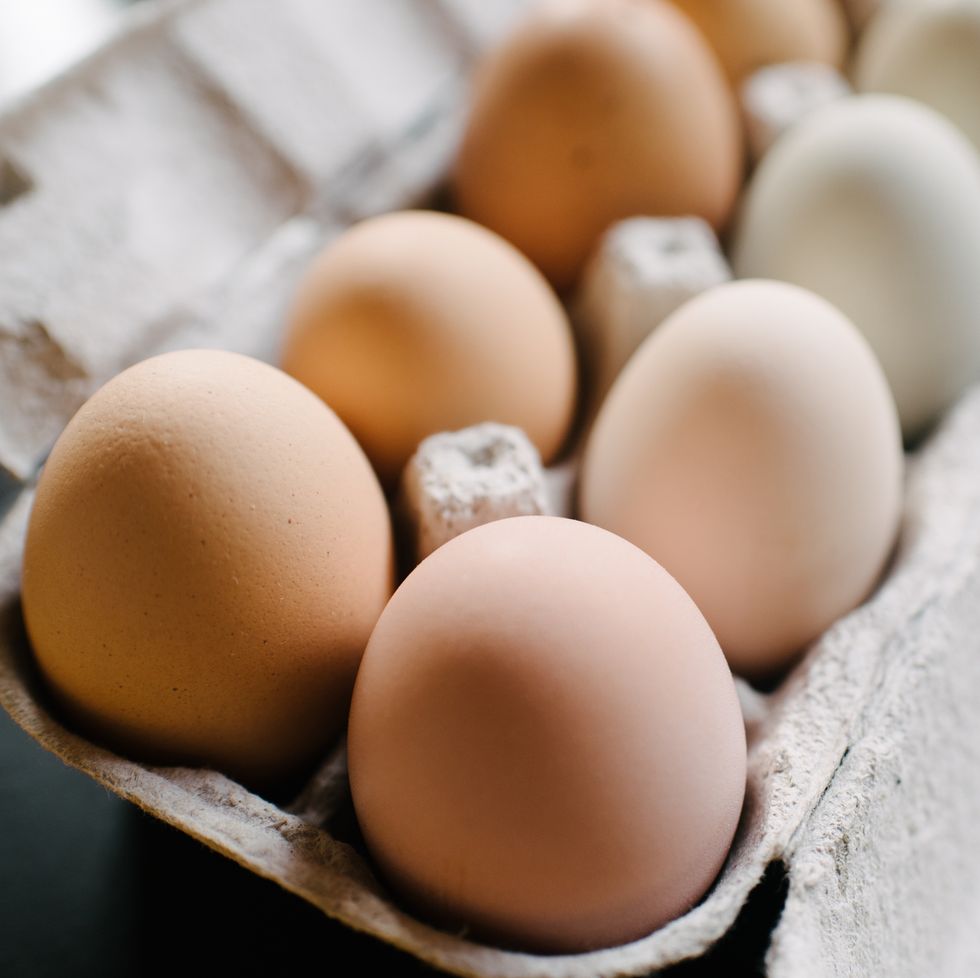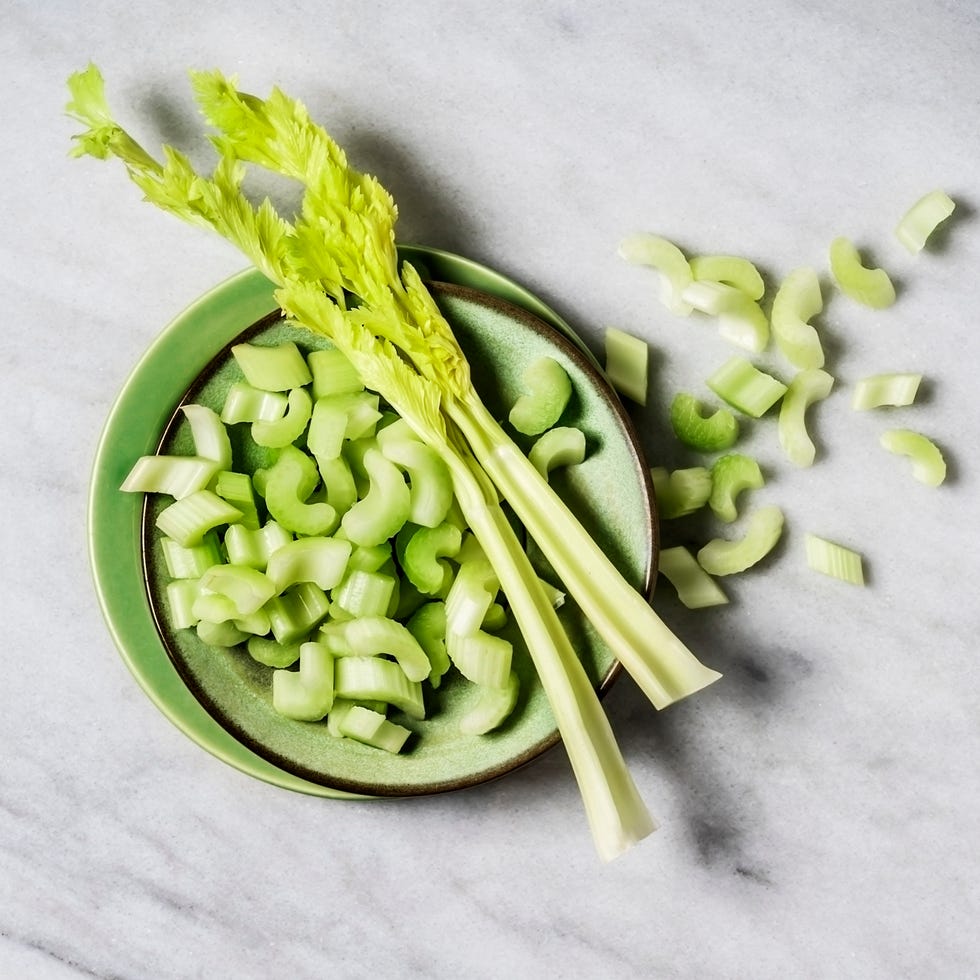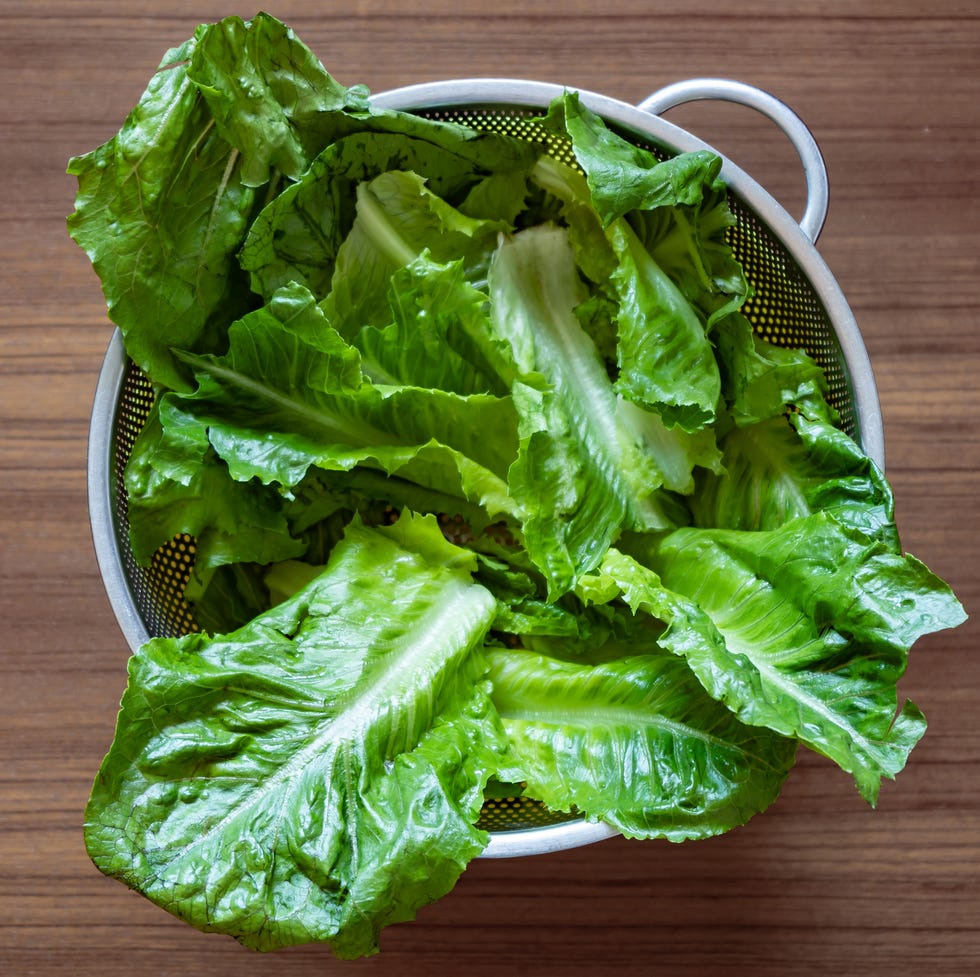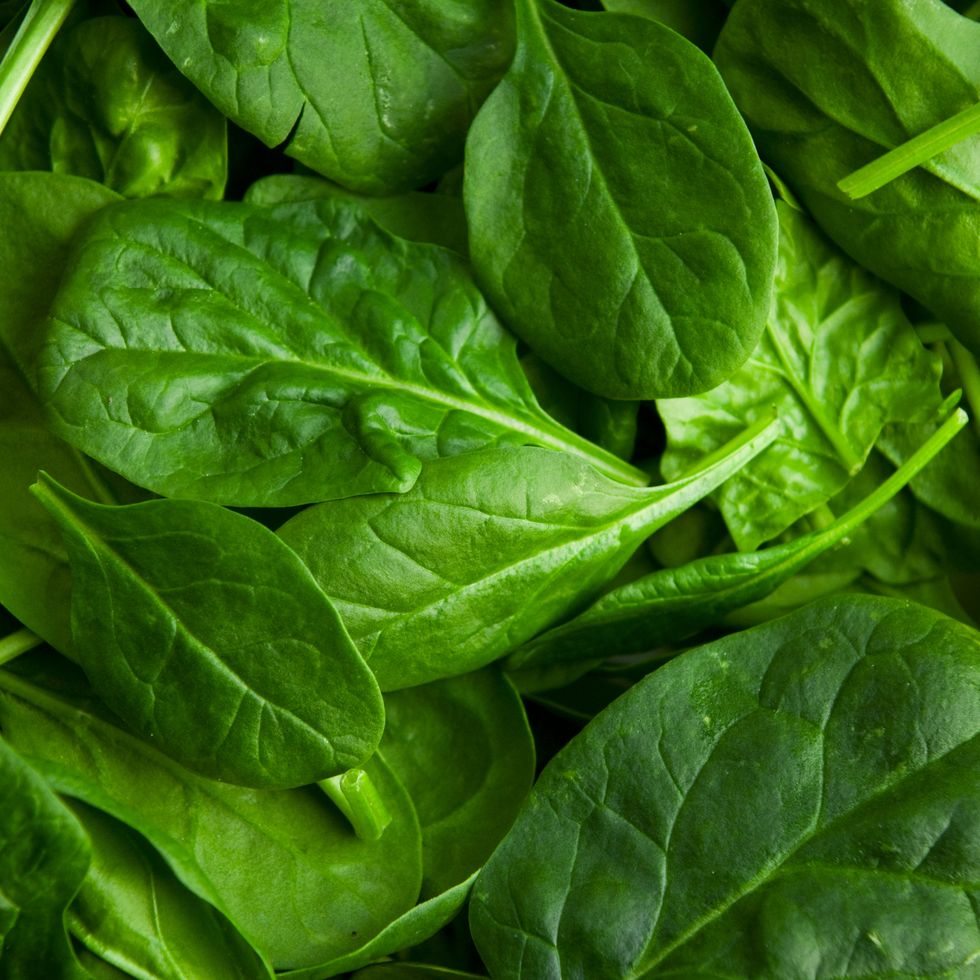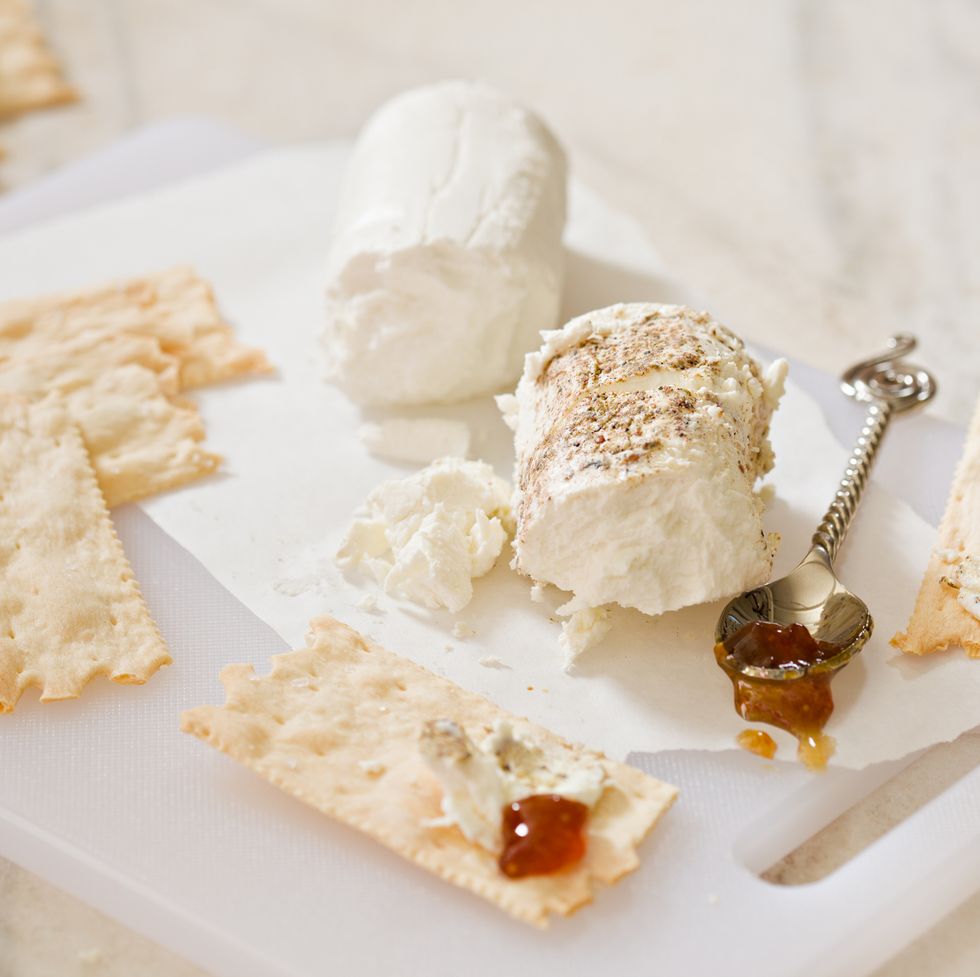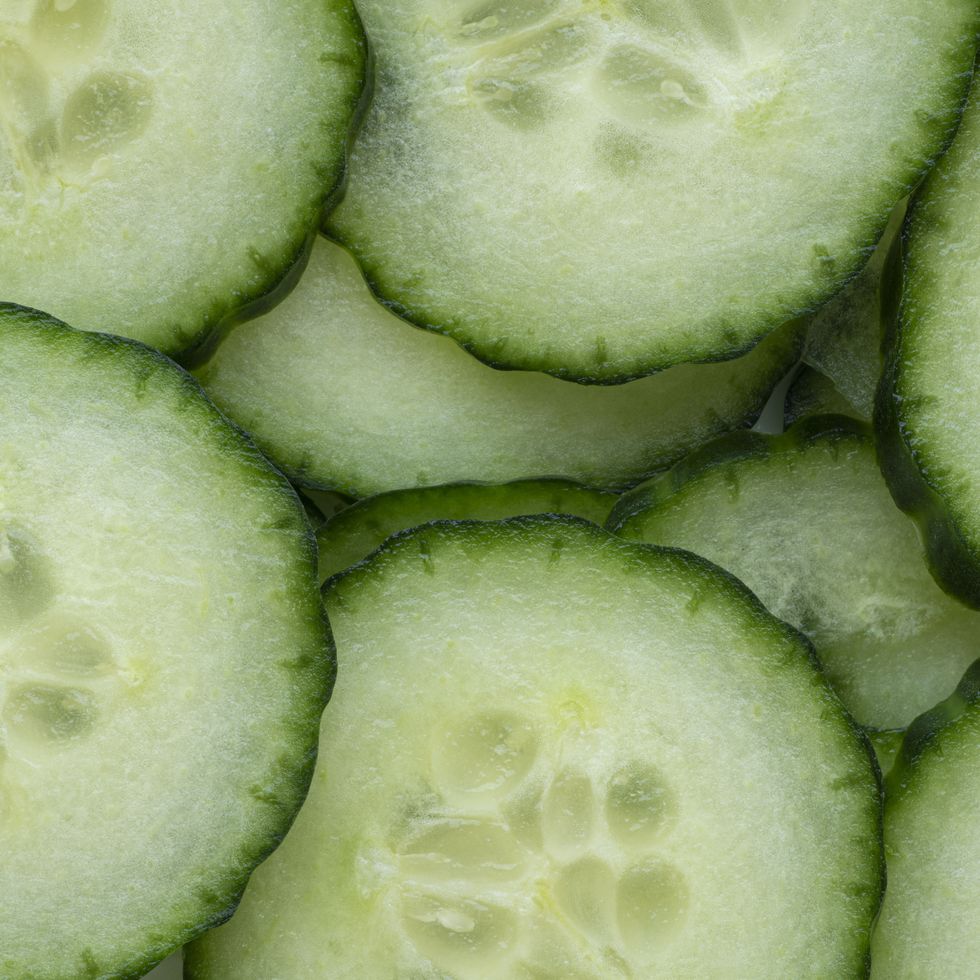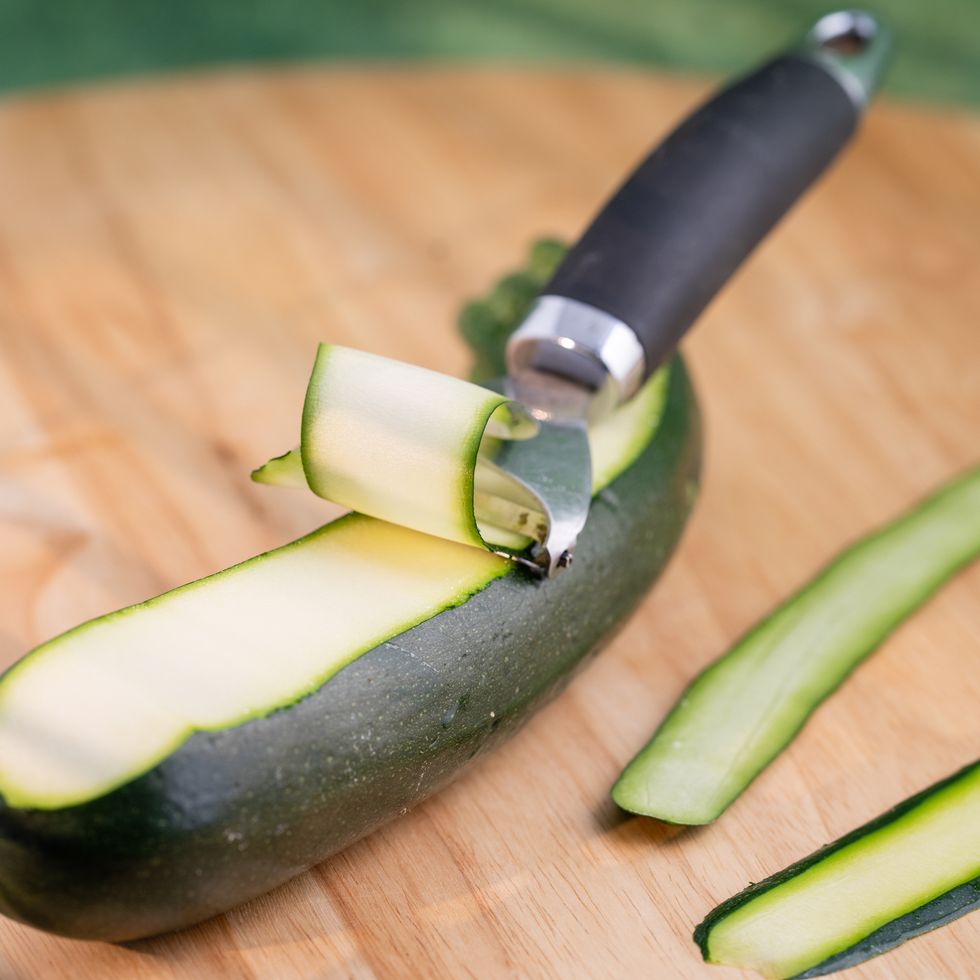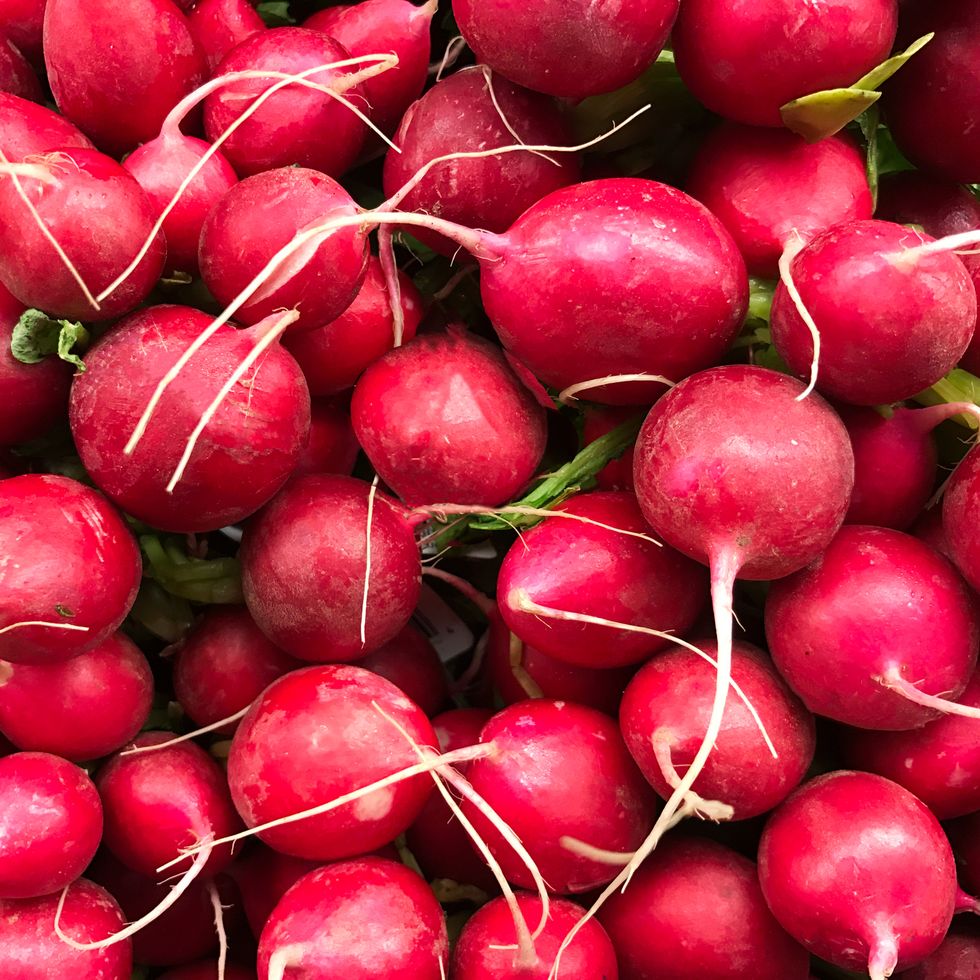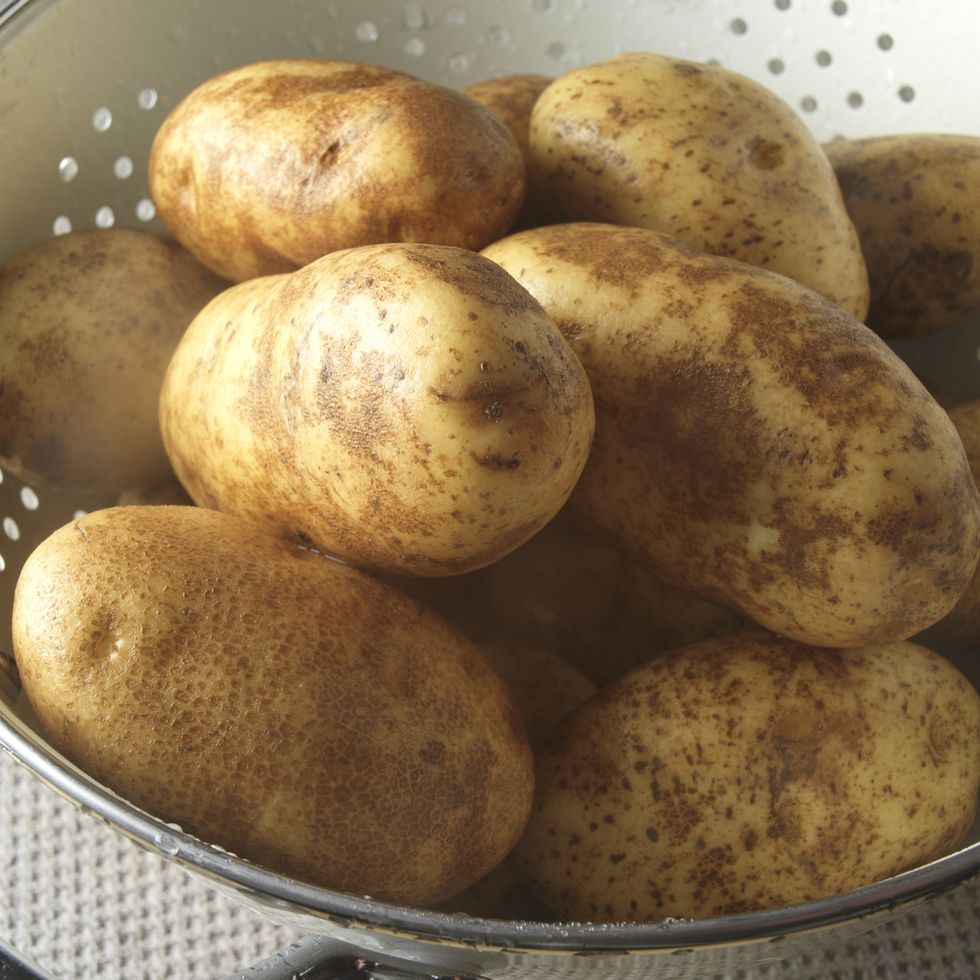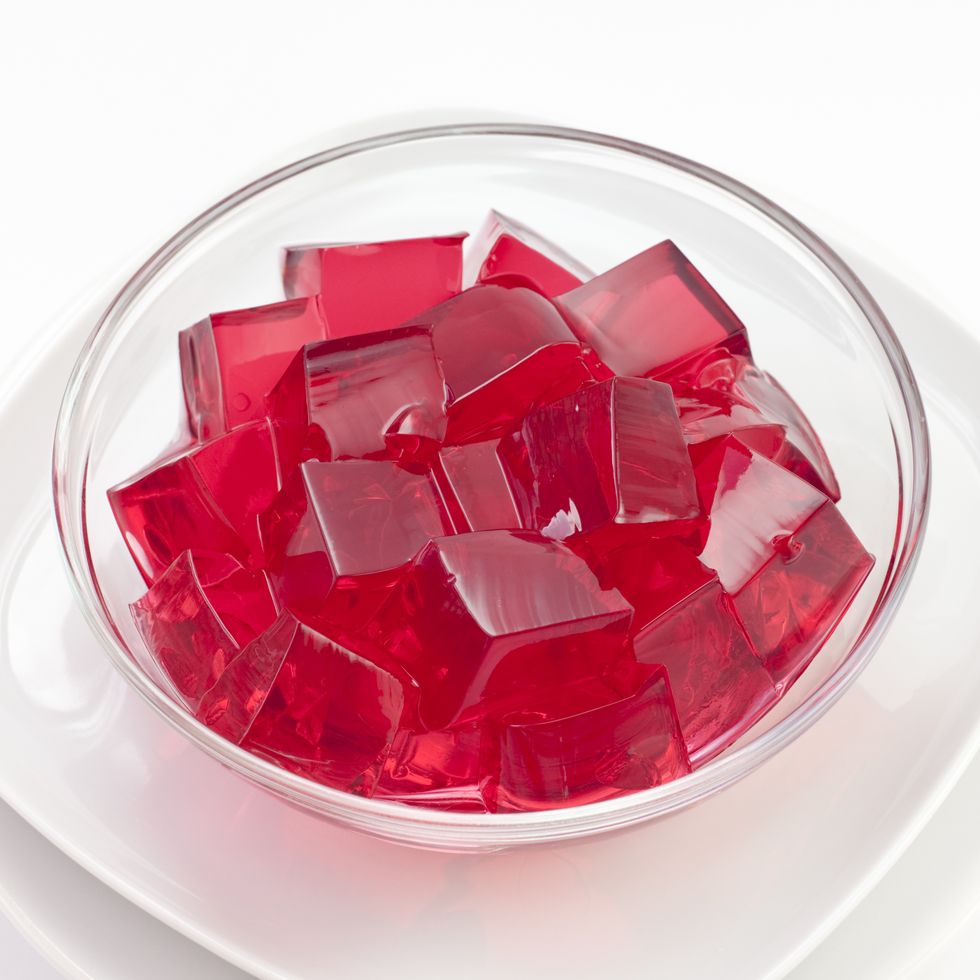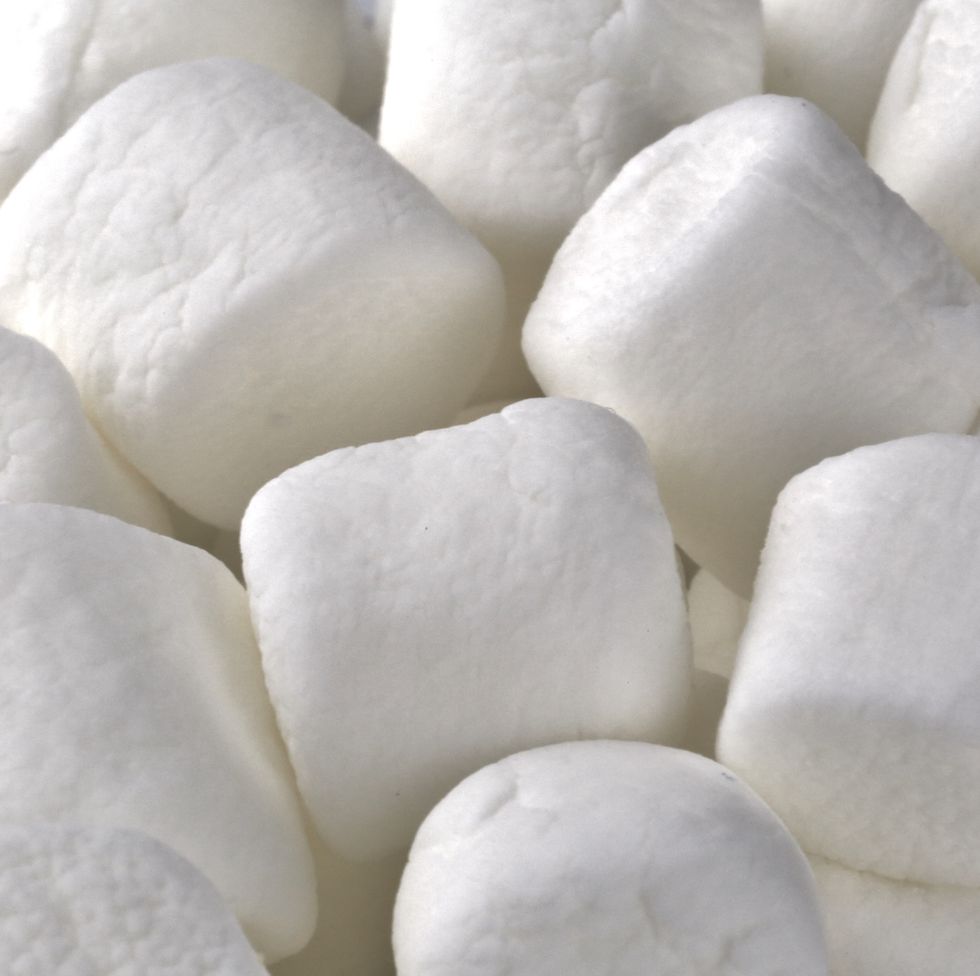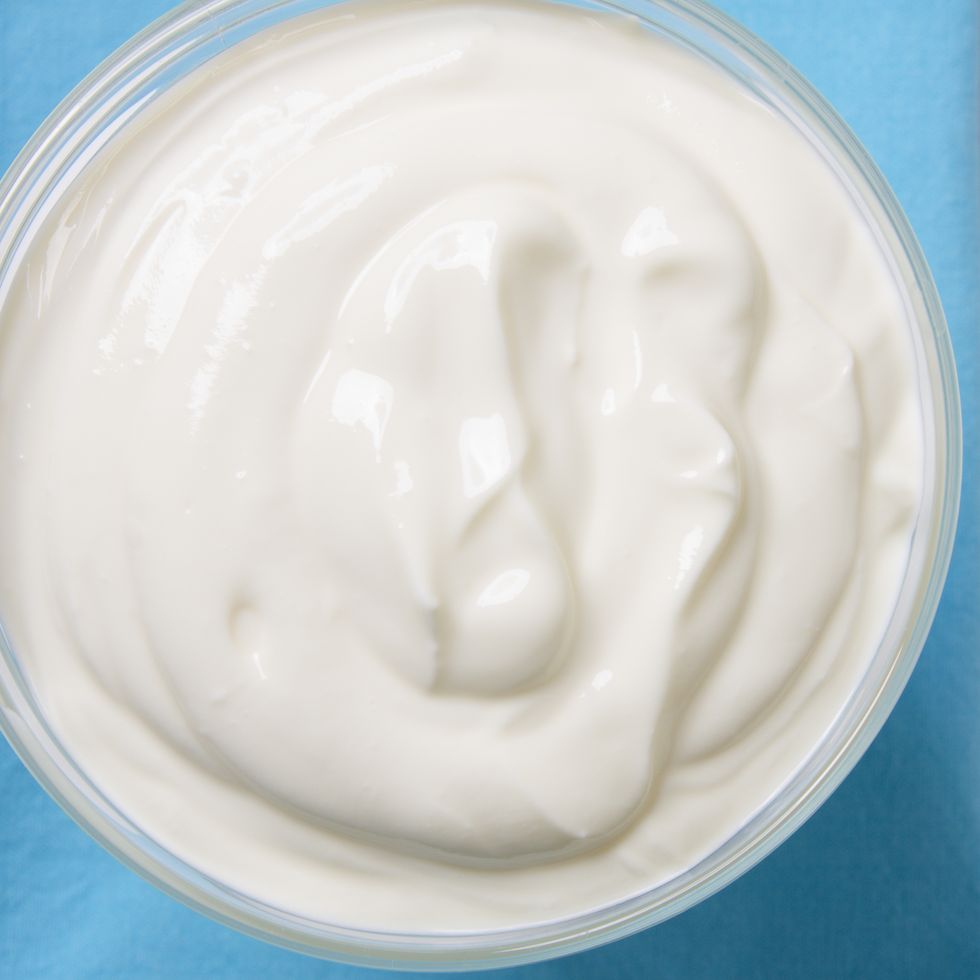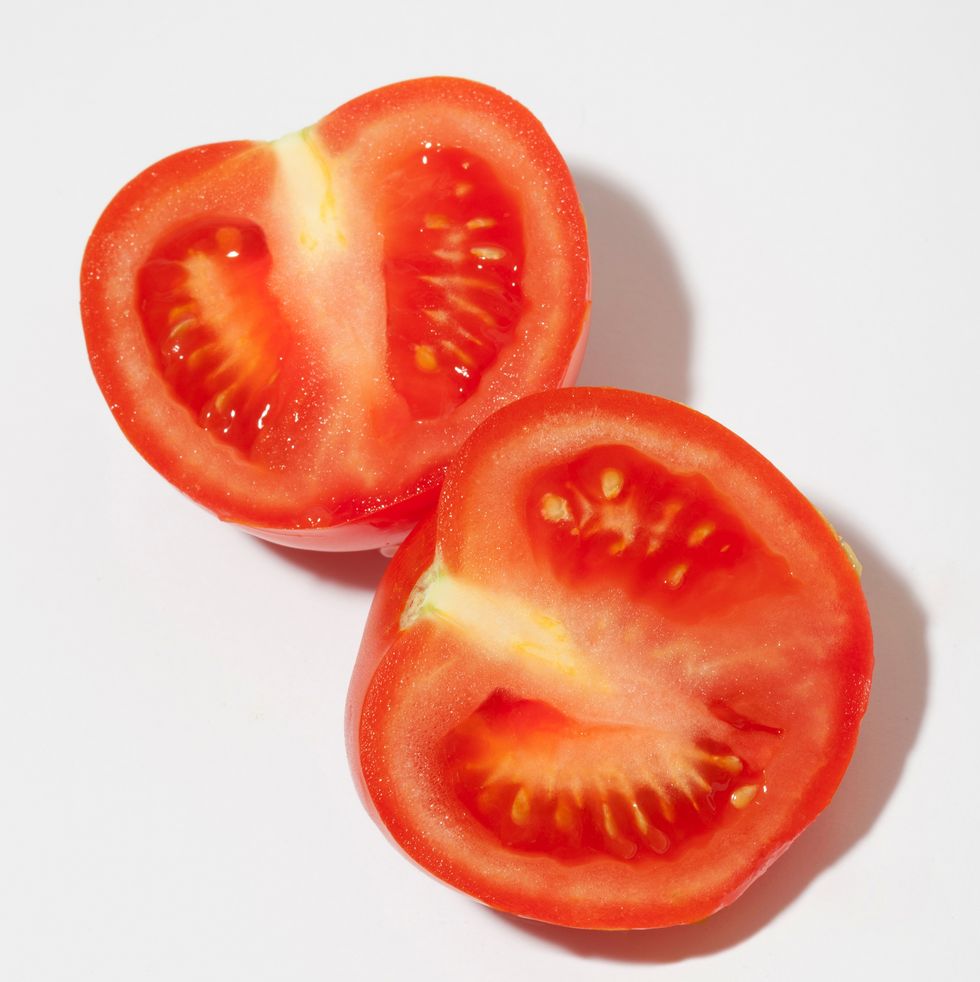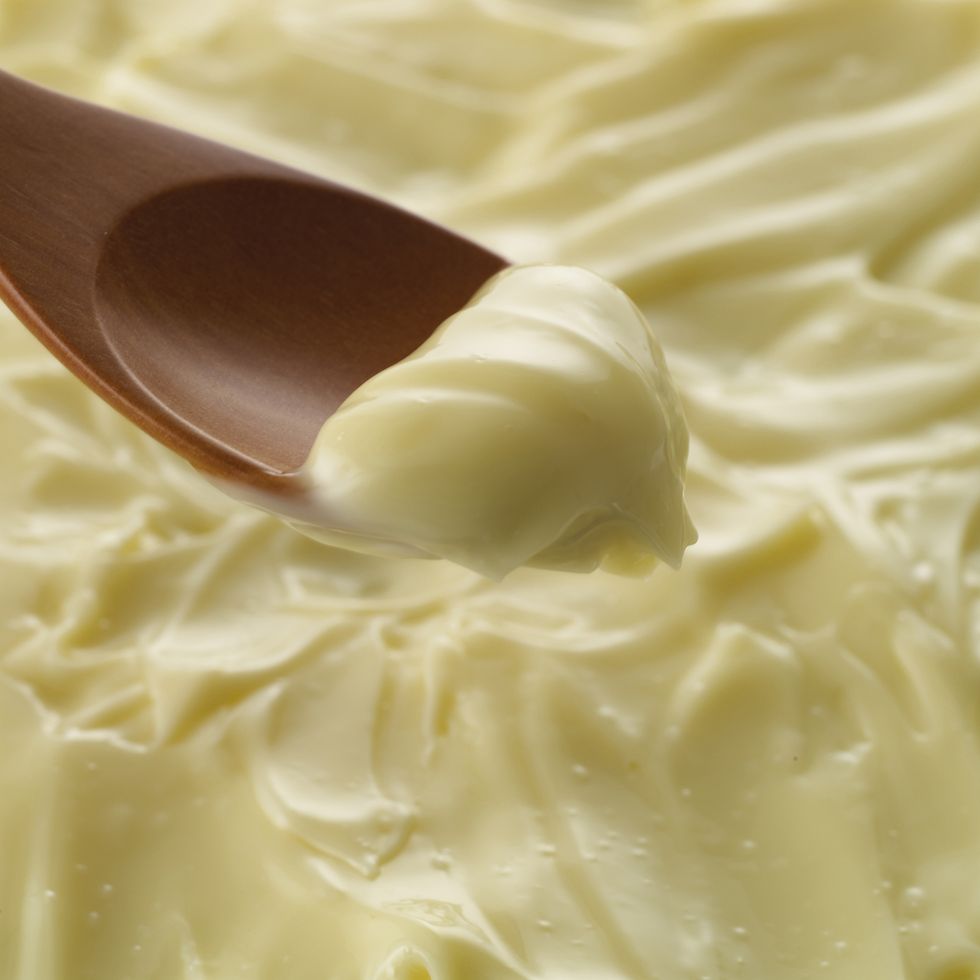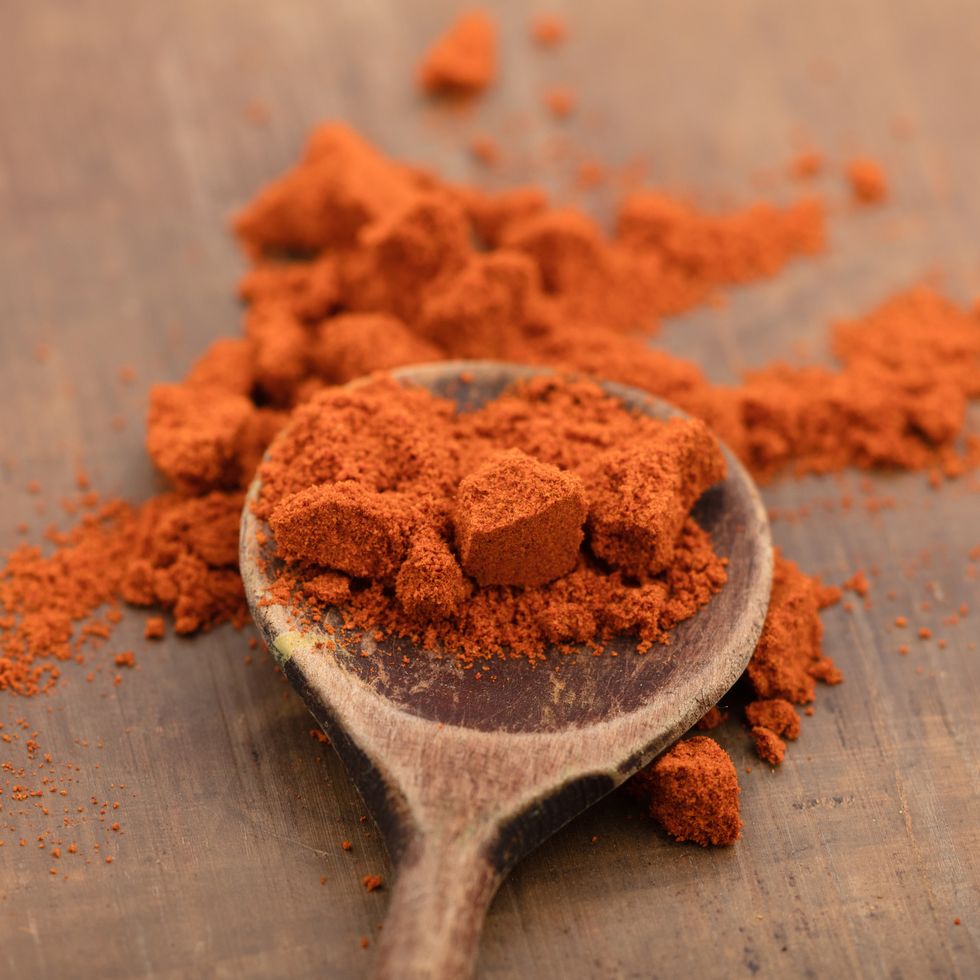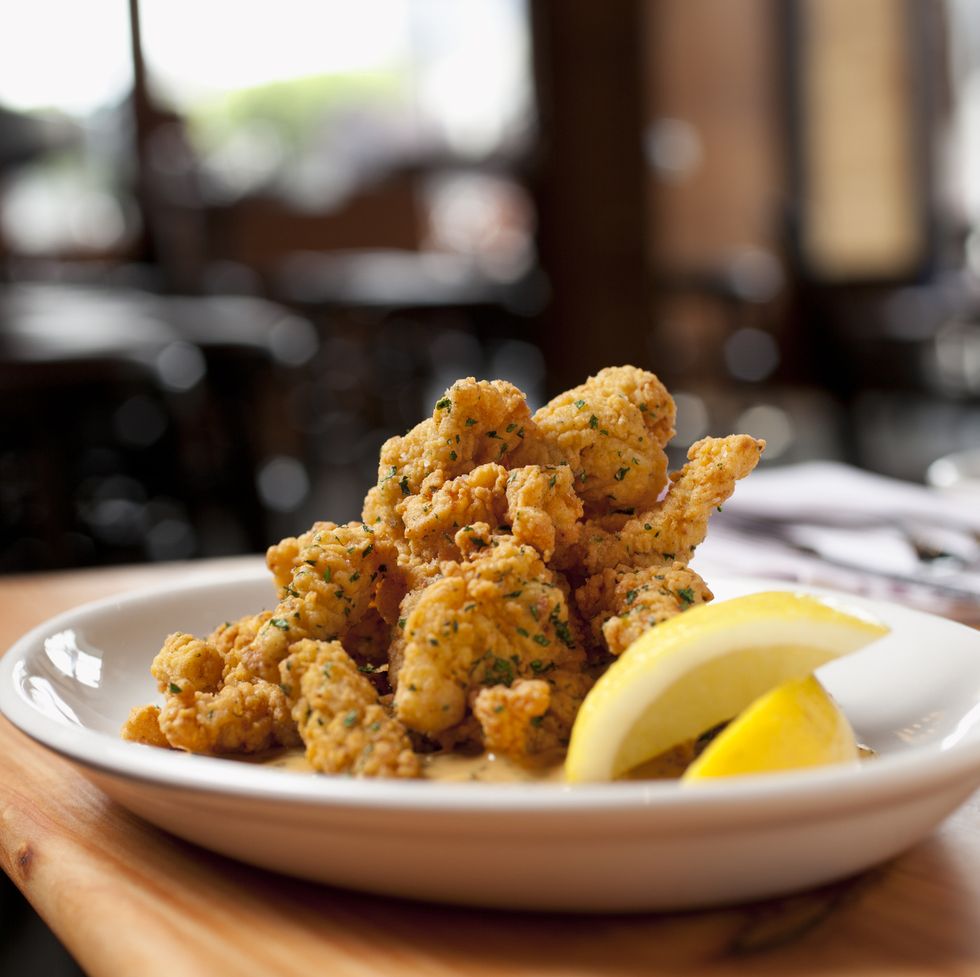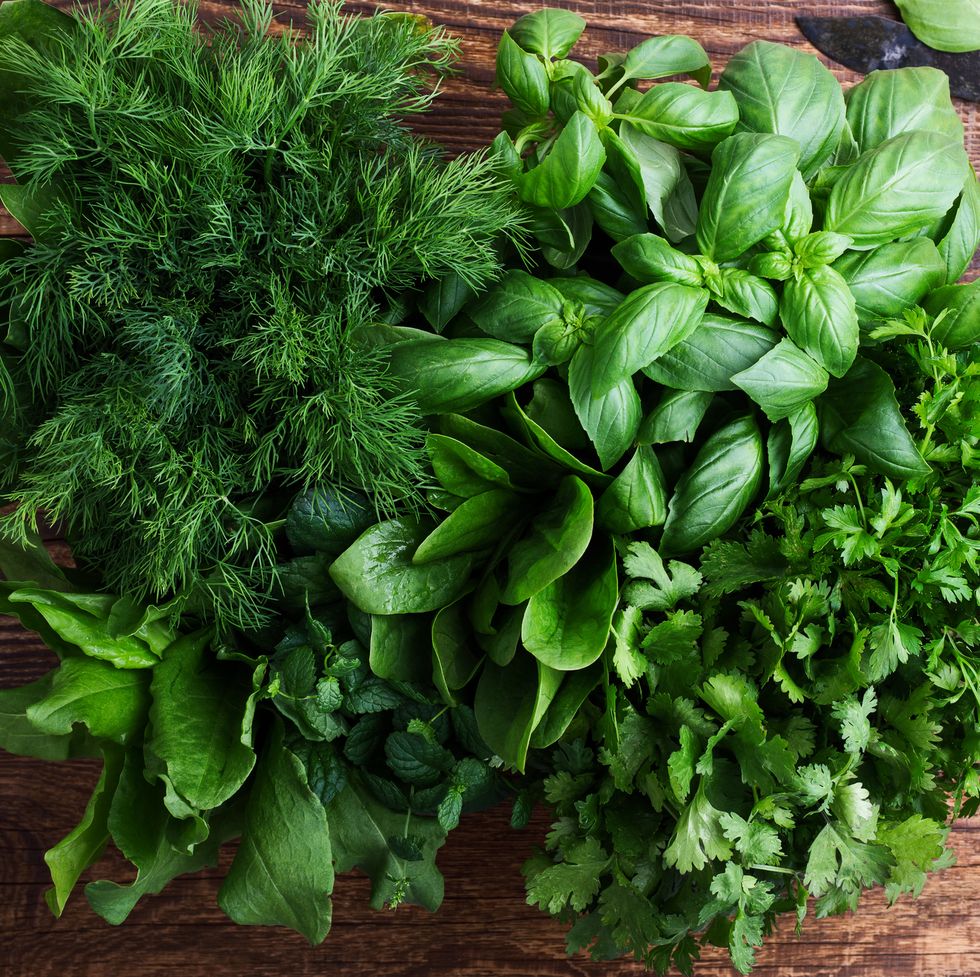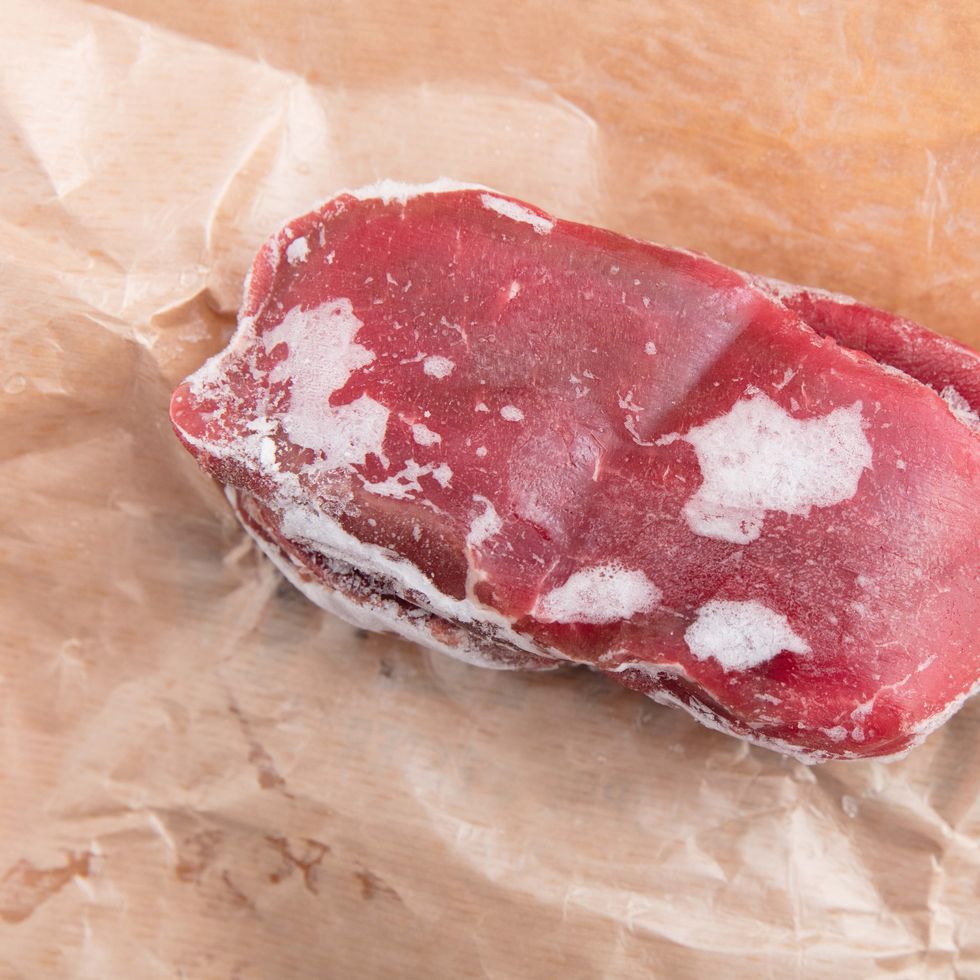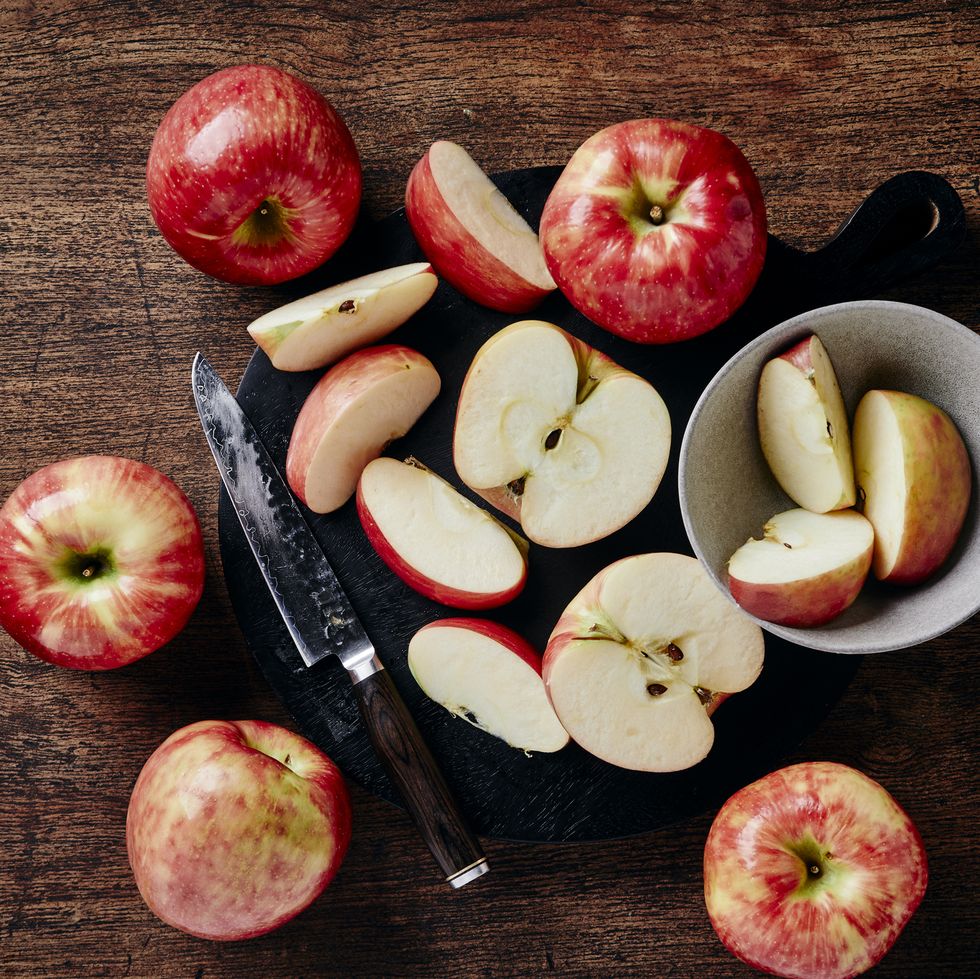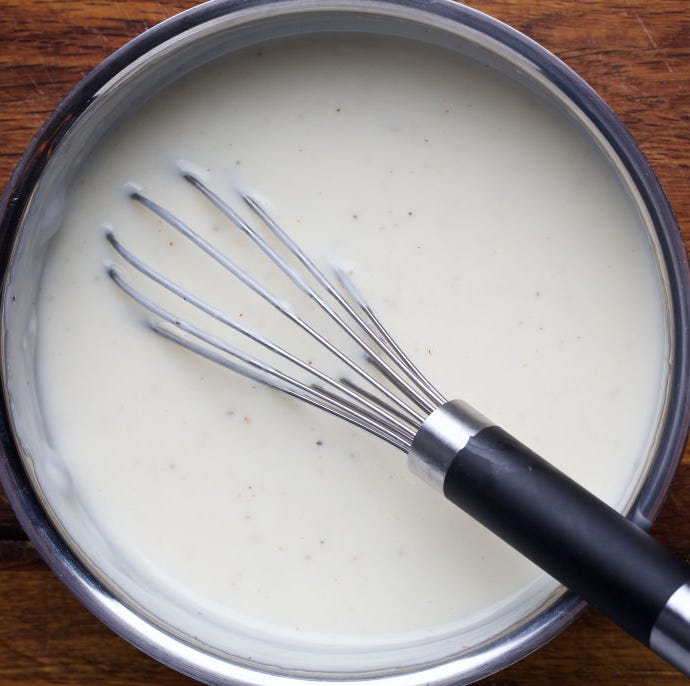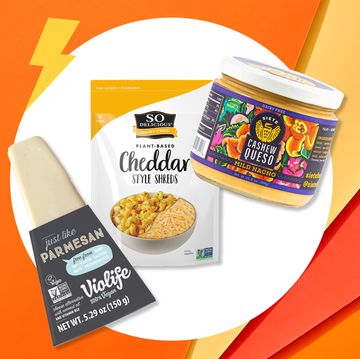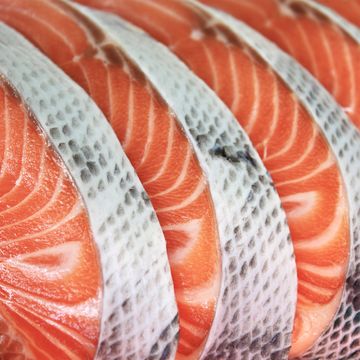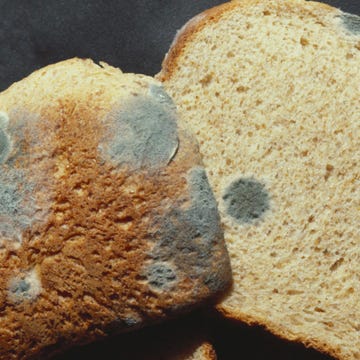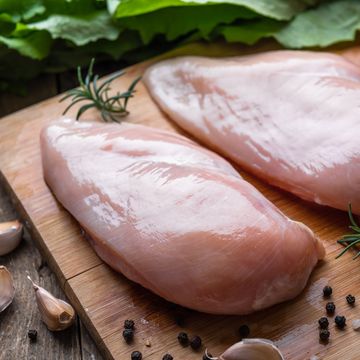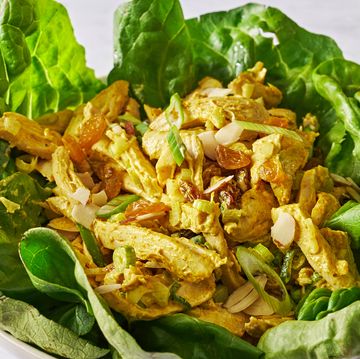Freezing food is a great way to extend the life of your meals and groceries—and save you cash and valuable meal-prep time. As long as you use your freezer correctly, that is, and know which foods you should never freeze at all.
"You can successfully freeze many foods with minimal changes in flavor," says Tracey Brigman, M.S. R.D.N., L.D., associate director of the University of Georgia's National Center for Home Food Preservation (NCHFP). Just make sure you're storing them in absolutely airtight containers, she adds, since "exposure to oxygen causes freezer burn, and food can also absorb odors."
But what about food that doesn't freeze well because it turns into a soggy glob, makes you sick, or causes an exploded mess all over your ice cube trays? Below, we've rounded up 30 foods that you should never put in your freezer—along with expert suggestions on how you can still put a few of them on ice after a bit of extra preparation.
Getting really intentional about actually using what you freeze is equally important, says Rosanne Rust, M.S., R.D.N., a nutrition expert with a focus on minimizing food waste. (Raise your hand if you're also guilty of tossing undated burger patties in there, only to never think of them again). Rust recommends making a habit of eating any frozen food within a few weeks to three months. "That's the window of maintaining reasonable quality," she says. In short: Store it, put a date on it, and use it. "You'll waste less," says Rust.
Read on for 30 foods you should never put in your freezer.
1. Eggs in the shell
"During the freezing process, the contents in the shell expand, causing it to crack," Brigman explains. "The yolk's texture gets very gummy when it's frozen." Rust adds that eggs last for about a month in the fridge—so use 'em while they’re fresh.
2. Watermelon slices
While it's safe to freeze, "due to the expansion of the water in the fruit's cells, the melon loses its structure when it thaws," Brigman says. If discarding a small cookout's worth of the stuff breaks your heart, "you could freeze puree in ice cube trays for drinks and smoothies," Rust adds.
3. Raw celery
"Raw celery doesn't freeze well," Brigman says. "It becomes limp and quickly develops an oxidized color, flavor and aroma." Instead, Rust suggests slicing celery, blanching it—meaning, dropping it into boiling water for two to three minutes—and then freezing it when cooled for use in soups and stews.
4. Raw endive
As with celery, when frozen uncooked, this leafy vegetable will go limp and experience color and flavor changes that you don't want.
5. Lettuce
"Because of the high water content, the texture of lettuce is adversely affected once thawed," Brigman advises. "Most lettuce is served raw, and thawed lettuce would be very mushy." Yuck.
6. Raw leafy greens
Same goes for raw greens, such as spinach and kale—though, unlike lettuce, you can blanch them to use in cooking later. However, Brigman warns that if they're not blanched properly while still fresh, "they'll lose their flavor quickly, because the blanching process stops enzymatic actions."
7. Soft cheese
While hard cheeses, such as cheddar and Parmesan, can be frozen—when tightly wrapped—for up to three months before getting mealy, Brigman says that "soft cheeses don't freeze very well, as their texture will change."
8. Cucumbers
"They're very watery," Rust says. (Remember, watery produce = mush in the freezer.)
9. Raw cabbage
Cabbage is another high-water-content vegetable that gets a weird consistency after it's frozen. Rust suggests quartering and blanching cabbage for cooking. Slaw, not so much.
10. Raw zucchini
While Rust doesn't recommend freezing zucchini at all, "in a pinch, as opposed to throwing it away, you can slice it and blanch it," she says. If you do, she adds, "the most important step is draining it and blotting it very well."
11. Radishes
Hold off on buying that economy-sized sack of radishes. "They get soggy and waterlogged when they thaw out," Brigman says.
12. Potatoes
Freezing baked or boiled potatoes will yield a bunch of grainy gloop, according to the NCHFP, and Rust wouldn't recommend freezing any potato whole. While you could blanch and freeze shredded potatoes for hash browns, Rust adds that the inexpensive tubers already have a fairly long shelf life of two to three weeks when stored at room temperature.
13. Gelatin
If you were planning on freezing a Jell-O mold, first of all: Why? Also: Don't. "The water expansion in gelatin cells breaks that cell structure during the freezing process," Brigman explains. "Once thawed, gelatin cells cannot reform their structure and can no longer hold water. The gelatin will be liquid, and it'll never reset.”
14. Marshmallows
In case you didn't know, marshmallows contain a whole bunch of gelatin. See above.
15. Ricotta
"While it can be safely done, freezing ricotta will change its texture, resulting in an unsatisfactory product once thawed," Brigman says.
16. Sour cream
Thawed sour cream will ruin your taco night. According to Brigman, "It will separate, and won't blend back together."
17. Cream cheese
Sensing a theme? Cream cheese changes texture and consistency when it's frozen, says Brigman, making it "unsuitable" to spread on your beloved bagel.
18. Raw tomatoes
"You don't want to pop tomatoes into the freezer," Rust says, because it's another high-water-content fruit. "But you can chop them, cook them down, and put them into freezer bags—and then use [them] like you would canned tomatoes."
19. Mayonnaise
Defrosted mayo is...unappetizing. Brigman explains that because mayonnaise is an oil-in-water emulsion,"once thawed, it will have a curdled look." No thanks!
20. Icing
You won't want it atop your cake. "Frozen icings lose some gloss, and ones with a lot of granulated sugar may become grainy," Brigman says. Plus, frostings made with egg whites will separate.
21. Paprika
Spices don't stay fresh forever, but you should resist the urge to extend their life in the freezer. According to the NCHFP, it'll change the flavor—and not for the better.
22. Meringue
This egg-whites-and-sugar confection is watery and separates when it comes back to room temperature, Brigman says—especially the type of soft meringue that tops pies.
23. Fried food
While Rust says that fries and onion rings can regain their crispiness in an air fryer or a 400-degree oven, other fried foods, such as catfish, will be too soggy and limp to be worth your while.
24. Cream or custard fillings
The pastry filling is best enjoyed the first time around, as Brigman says this is another one that'll separate and become unsalvageable.
25. Fresh herbs
You technically can tightly wrap a small portion of fresh herbs and store it in a freezer bag, Brigman says—but if you've ever opened a wet, limp bundle of what used to be fresh sage, you know that you're in for some disappointment. But you could try Rust's method: Place chopped herbs into an ice cube tray and fill it with olive oil. "Then, just pop the olive oil cube into a pan when you make something," she says.
26. Defrosted meat
When it comes to popping defrosted meat back into the freezer, Rust says: Don't risk it. "It's not food-safe because of the temperature changes," she explains. However, "freezing it after you cook it is fine."
27. Cooked pasta
When your favorite pasta is frozen, it gets mushy and "tastes warmed over," according to the NCHFP—meaning you'll lose both flavor and the ideal al dente consistency.
28. Cooked rice
Don't try to freeze leftover rice yourself, for the same flavor and consistency reasons as pasta, per the NCHFP. More importantly, it's also a food that's vulnerable to food poisoning.
29. Raw apples
"Most fruits have a better texture and flavor if packed in syrup or sugar," Brigman says. "To reduce browning and flavor loss, they should be treated with ascorbic acid before freezing." Alternately, you can try peeling, slicing, and cooking them before freezing, Rust adds.
30. Milk-based sauces
Béchamel and other white sauces made with milk suffer from the separation factor, typically curdling and separating after being frozen. All the more reason to make your next pasta night a dinner party!

Samantha Vincenty is the former senior staff writer at Oprah Daily.

